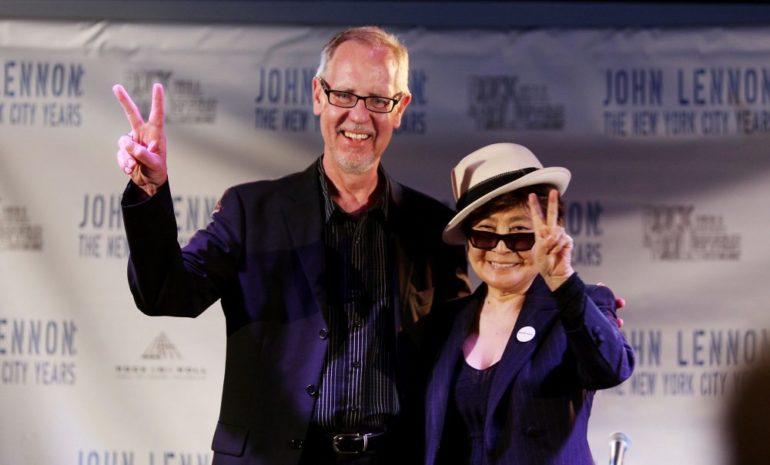James Henke, Key Figure at Rock Hall of Fame and Rolling Stone Magazine, Dies at 64
By Chris Willman
LOS ANGELES (Variety.com) – A key figure in rock journalism and curation, James Henke, has died at age 64. Henke was a writer, music editor and eventually managing editor at Rolling Stone before becoming the first curator at the Rock and Roll of Fame, where he served for 19 years.
His eldest son, Arthur, said that Henke died after a long battle with dementia. He was diagnosed with the illness in 2013, not long after retiring from the Rock Hall.
James Henke — or Jim, as he was known to many — was one of the principal co-authors of “The Illustrated History of Rock and Roll,” a crucial 1992 update of what was long considered an essential book in any rock fan’s library, and co-editor of “The Rolling Stone Album Guide.” His other books included “The Rock Pack,” “The Jim Morrison Scrapbook,” “Marley Legend,” “Lennon Legend” and several Rock and Roll Hall of Fame guidebooks.
He was an easy fit for the Hall of Fame, not just for his 16-year tenure in top roles at the world’s foremost music-based magazine but because he grew up in Bay Village, a suburb on the west side of Cleveland, the Hall’s home base. He began his journalism career in 1976 as a copy editor at Cleveland’s daily, the Plain Dealer, where he stayed for just one year before going on to a 16-year career at Rolling Stone from 1977 to 1993.
Among the acts he championed early, to considerable perceived career effect, was U2. “He first saw them in a high school gymnasium and he knew there was something special,” Arthur Henke told Cleveland.com. The senior Henke wrote the first Rolling Stone profile of U2 after meeting them in 1980; “U2: Here Comes the Next Big Thing” was one of the first U.S. interviews with the group, published in early ’81. His eventual cover story on the band led with the fan-friendly headline “U2: Our Choice — Band of the ’80s.” He was held in high esteem by U2 fans for, among other things, having given Bono a copy of a Martin Luther King Jr. biography that the singer credited with ultimately leading to the writing of “Pride (In the Name of Love).”
His other cover stories for Rolling Stone included interviews with Paul McCartney, Bruce Springsteen, Eric Clapton and the Clash.
In 1988, he was asked by Amnesty International to chronicle the Human Rights Now multi-artist concert tour in a book that was published late that year. In 1992, he won the ASCAP-Deems Taylor Award for excellence in music journalism. In ’93, Henke left Rolling Stone to serve a brief stint at Elektra Records as VP of product development before moving back to Cleveland to become chief curator at his hometown’s nascent museum.
When Henke was hired at the Rock Hall in 1994, he told his alma mater, the Plain Dealer, that “we need to give the the prestige of the Baseball Hall of Fame, where artists will respect it and want their things to be there. I don’t think the Rock Hall will have the resources to bid for these items in the private market, so we have to make it a prestigious enough place to have artists want to be involved in it.” That prediction was borne out during his nearly two-decade tenure.
But for many rock fans of the ’70s and ’80s, he’ll be best remembered for his byline. Said Rolling Stone founder Jann Wenner, “Jim was a friend for many years and I owe him for his stewardship of the Rolling Stone music section for many years and then taking the responsibility of helping to found the Rock and Roll Hall of Fame. He will be missed by all of us.”

